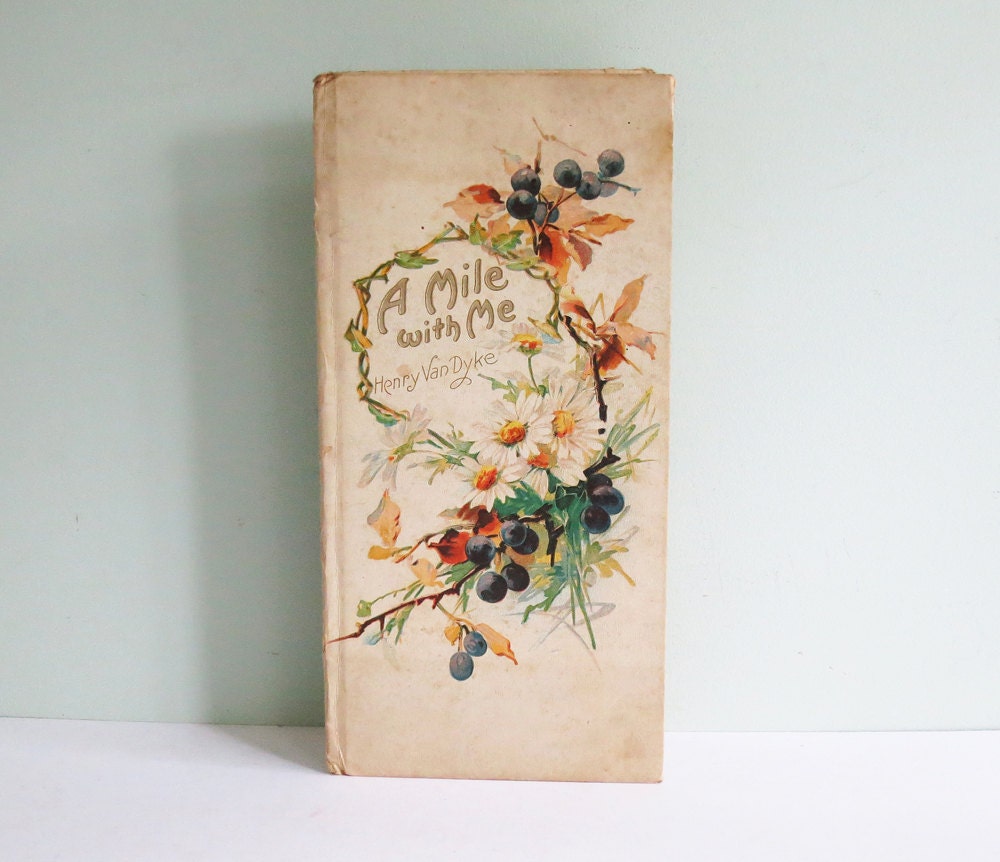Twilight in the Alps
I love the hour that
comes, with dusky hair
And dewy feet, along the Alpine dells
To lead the cattle forth. A thousand bells
Go chiming after her across the fair
And flowery uplands, while the rosy flare
Of sunset on the snowy mountain dwells,
And valleys darken, and the drowsy spells
Of peace are woven through the purple air.
Dear is the magic of this hour: she seems
To walk before the dark by falling rills,
And lend a sweeter song to hidden streams;
She opens all the doors of night, and fills
With moving bells the music of my dreams,
That wander far among the sleeping hills.
And dewy feet, along the Alpine dells
To lead the cattle forth. A thousand bells
Go chiming after her across the fair
And flowery uplands, while the rosy flare
Of sunset on the snowy mountain dwells,
And valleys darken, and the drowsy spells
Of peace are woven through the purple air.
Dear is the magic of this hour: she seems
To walk before the dark by falling rills,
And lend a sweeter song to hidden streams;
She opens all the doors of night, and fills
With moving bells the music of my dreams,
That wander far among the sleeping hills.
Henry Van Dyke
Gstaad, AUGUST, 1909.
“‘Twilight in the alps” is a poem that describes
the time of evening which is known a “Twilight”. The poet says that he loves
this hour, he further goes on to describe how the time of Twilight is so
spectacular especially in the alps. The poet describes the goings on when it is
the hour of Twilight in the alps. The poet sees cattle who are going back home
after grazing in the day, the sound of the bells, their chime is so melodious. The
poet is simply besotted with the picture nature paints during the time of Twilight.
He calls the ray of the setting sun “rosy flare” which is absolutely amazing. He
says that when valleys darken after the sun is set, there is almost a feeling
of drowsy peace that dwells in the purple air. The first stanza of the poem is
simply amazing; it is like a rhythm, a soothing effect when you read it. The words
are poured in such a way as if they were meant to flow.
The poet personifies the hour of Twilight into a
woman. Van Dyke says that this time of Twilight is so beautiful that it seems
as if a woman (Twilight) is walking through the falling rills, the time of Twilight
is musical the atmosphere is such that it seems to be a piece of music that is
flowing around you and around the nature as well. Again the poet personifies the hour of Twilight
into a woman when he says that “she opens all the doors of night”; by which he
means to say that the arrival of the time of Twilight Is so swift it seems as
if a door is opening and blending into the atmosphere, and this is such a
rhythmic view that is seems as if bells are ringing that reaches far across the
sleeping hills. The alps are so silent and so still that it seems as if Twilight
is the one that’s moving around, wrapping herself around the hills.
The poem is a Sonnet. The poem is such a beautiful
incarnation of Nature. The sound of the poem would automatically put you at
ease and make you a lover of Nature. The poem is rhythmic, it seems as if the
words are flowing and along with the words the readers are flowing too;
entranced with the magic of the hour of Twilight.



















